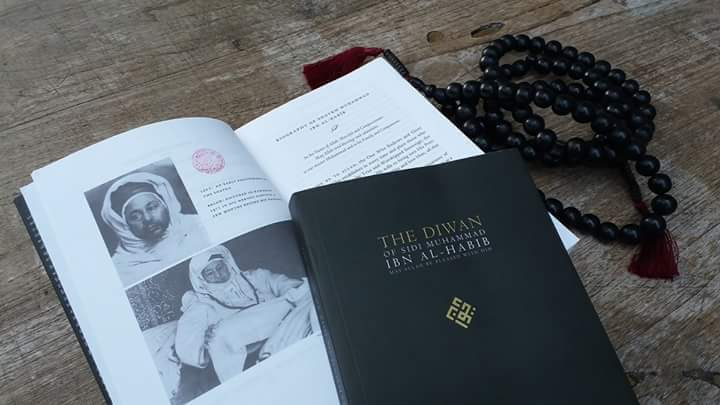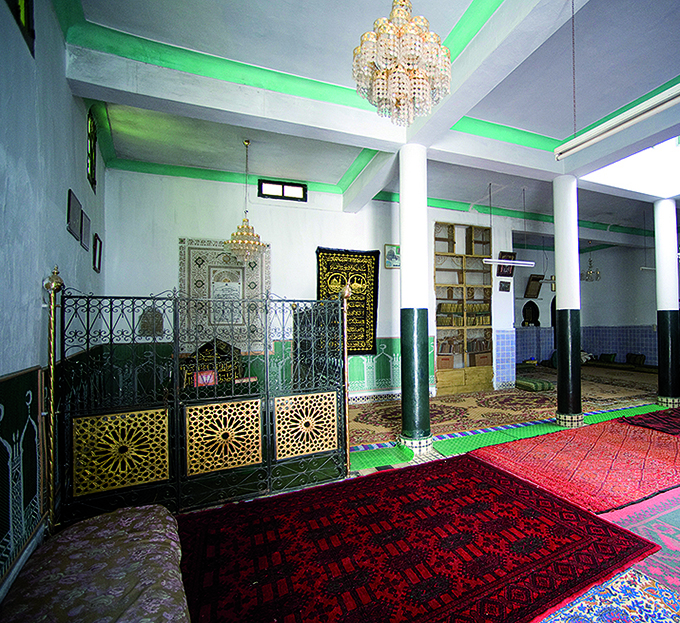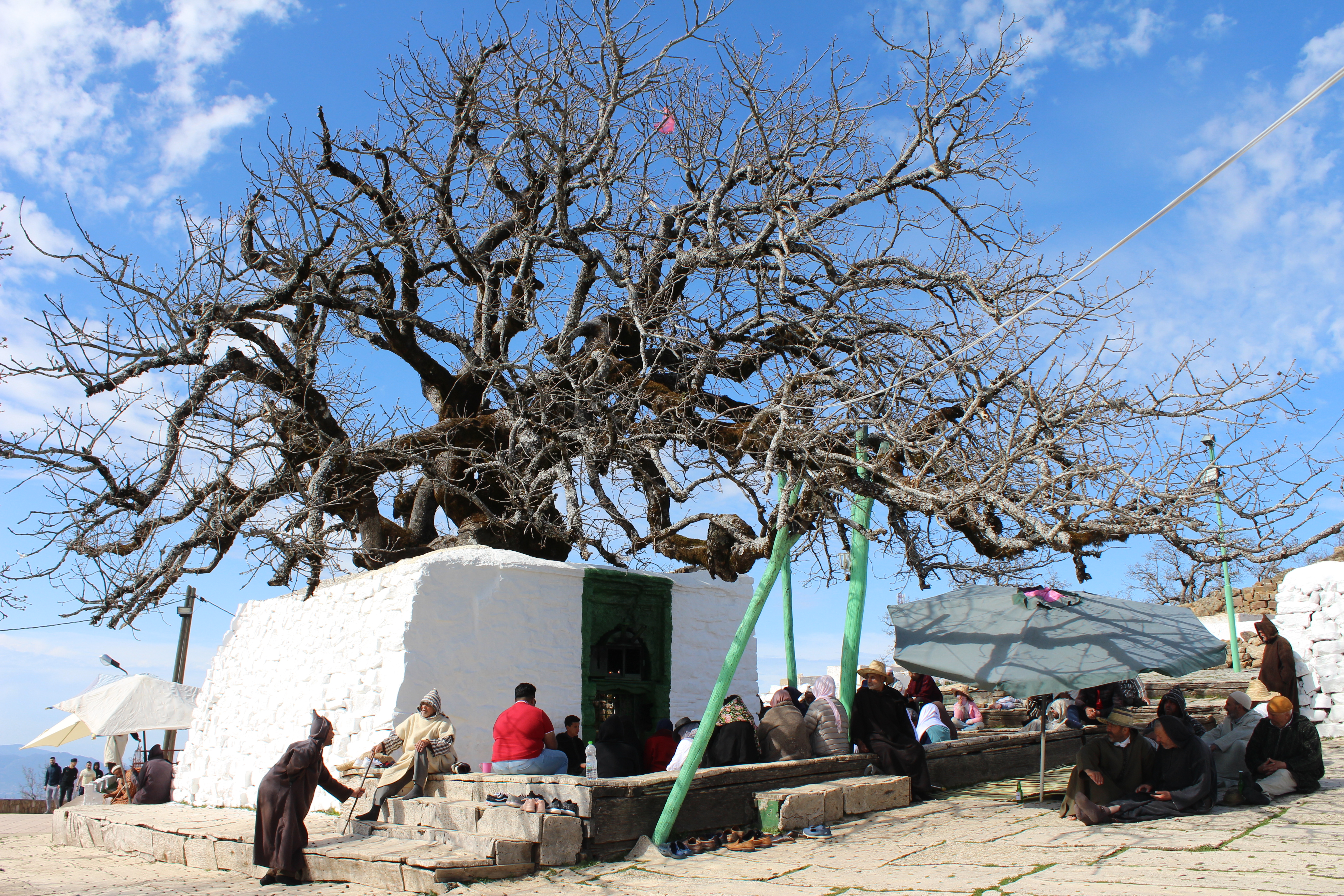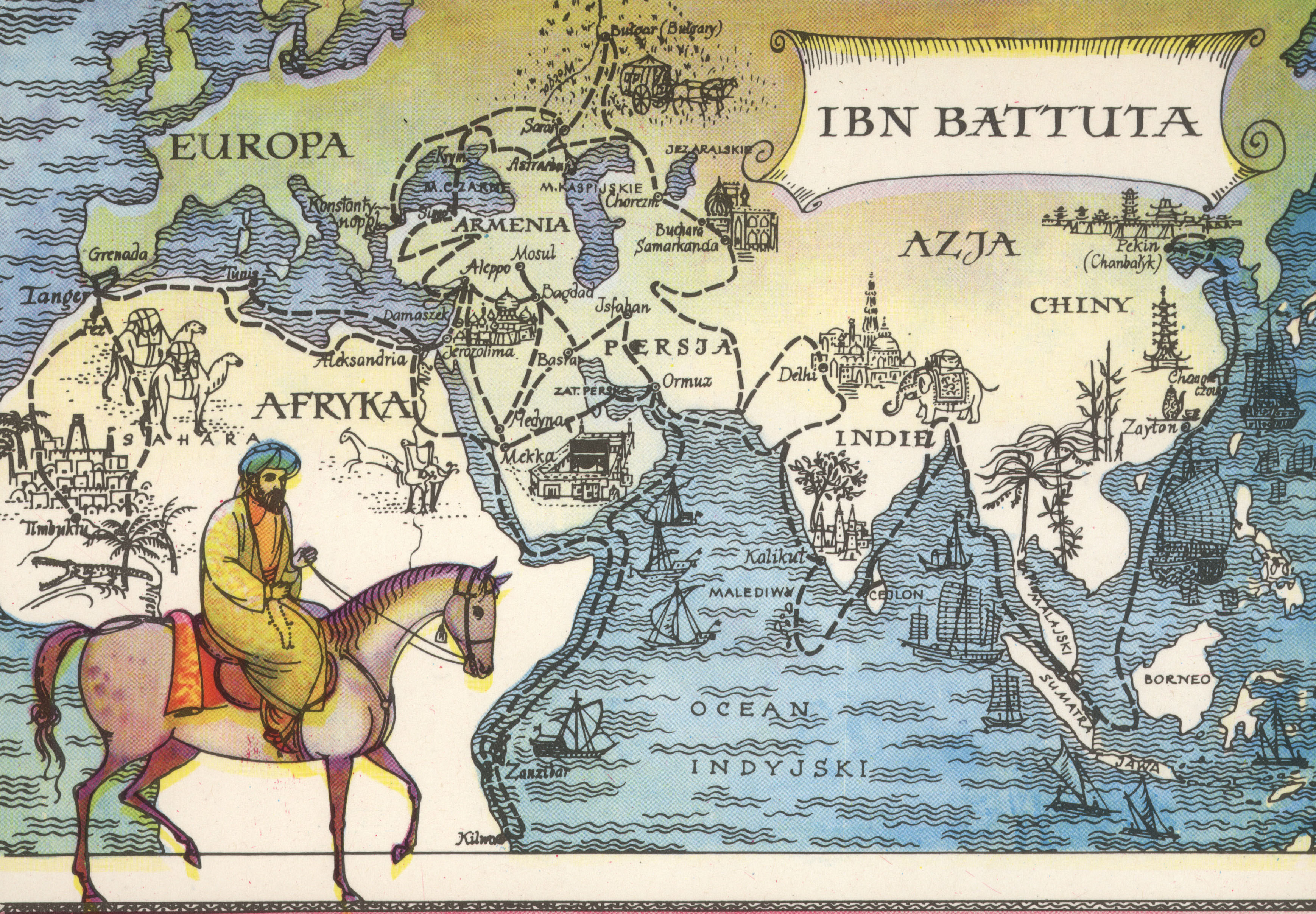The Diwan That Is Sing By The World - Shaykh Muhammad ibn al Habib (1876 – 1972)

Meknes, one of the Imperial Cities of Morocco listed by Unesco World Heritage in 1981. Currently the new side of the city is expanding outward from the ancient fortified town. Its impressive ramparts can reach the height of 15 meters, cobweb and earthen like; exemplary testimony of the Maghreb architecture, One can observe the harmonious blending of Islamic and European concept and planning elements.
When visiting Meknes, one must take in the appreciation of what is behind those defensive walls. It was built with 9 monumental gates which is call “Bab” in Arabic, 25 mosques, 10 hammams, palaces, huge landscape garden, fondouks (medieval inns for merchants) and private homes all testament to the Akmoravid, Merinid and Alaouite dynasty period.
Beyond all the beauty and valuable heritage of Meknes, Shaykh Muhammad ibn al Habib stand out with his wisdom and far-sightedness of method of delivering Islam to the world, way before his time. Today, his Diwam has been well read by Islamic scholars all over the world, his poems has been composed into “World Music” by Habibiyya in the 70’s, in Algeria it is sung in many local melodies and tunes. “Electric Diwan'' by 7station is a labour of love spanning 3 years which is the first rock version of the Diwan.
A good write up about the Shaykh is available by “finalbrick” which tell us that his full name is Sayyidi Muhammad Ibn al-Habib Ibn As Siddiq al-Amghari al-Idris al Husayni. He made 3 journeys to perform Hajj and on his last trip in 1972 he passed away before he reached Mecca, in Algeria. He was buried in the zaouia which was recently built and inaugurated by him. But in the same year, his body was moved back to be reburied in his own zaouia in Meknes.
As like many famous scholars, their love for the Quran fueled them to start teaching the moment they finished their education. With a string of valuable Islamic education under his belt, he offered much of his knowledge not only to Moroccan but many other places that he did set up centers later including American, British and many others that he met along his teaching trip.
The Shyakh Muhammad ibn al Habib started his teaching career in 1901 at the age of 25 as a volunteer in Qasba an Nawwas, in Fes. Mosques as an educational center for the youth is the practise of the time and Risalal of al-Qayrawani which has been the basis of Shyakh Muhammad teaching. The Risalal is a teaching manual from the Maliki school for the purpose for youth education of that time. At the same time, Kitab Al Hikam of Shaykh Ibn Atta’illah at Iskandari written by Shaykh Ibn Ata’illah in 1309; from Egypt of the Mamluk era is a respected and famous explanation of Islamic spiritual journey; known as the “path” or “way” with the Quran and Sunnah as the principals. This book contained supplications and also the author’s 264 collection of spiritual aphorism.
Shaykh Muhammad ibn al Habib also teaches Al-Murshid al-Mu’een, the introduction of Islam that is widely use in the North Africa region written by a Moroccan scholar and imam, Ahmed ibn ‘Abd al-Wahid ibn ‘Ashir. It is a teaching of the Maliki fiqh, Ash’ari Aqida and Junaidi tasawwuf. He also offers the teaching of Kitab Al-Shifa bi Tarif Huquq al Mustafa “The Book Of Healing by Recognition of the Rights of News of The Chosen One” by Qadi Iyad (1083-1149). It is a handbook with a comprehensive compilation of Quranic references about the life of the Prophet in a direct line transmission with Qadi Iyad commentaries. Other subjects discussed were the record of the Salafi community in Madinah and their behaviour toward the Prophet. It also talk about the right of the Phophet, his honor, obedience and protection that awarded to Him and His name by his followers and the Muslim community at that time.
Probably for his more mature student, he will teach the complex study of As-Sullam Al Murawnaq fi ‘Ilm al-Mantiq written by Al Akhdari ‘Abd Al-Raman ibn Muhammad (1512-1575) with commenteries by Moroccan jurist, a scholar of the Maliki fiqh, Muhammad ibn al-Hasan Bannani (1727-1780).
According to the Mufti of FT, Malaysia, it is generally permited to study this subject, the study of “logic” which is a branch of knowledge that is used as an tool in understanding the parables in classical books of Islam with consideration of the sunnah.
At that time, for all all beginner education in Arabic, it is essential to teach too Al-Alfiyah of Ibn Malik, a rhymed book of Arabic grammar which is still relevant in the 20th century.
Through his teaching and travelling; constantly in search for knowledge he has met many reputable teachers and scholars. From Syria he met Tawfiq al-Ayyub and Shaykh Badur’d din ad Dimishaqi and in Algeria, he make met, Shaykh Sidi Muhammad ibn Jalul, Sidi Ahmed, Shaykh al-Islam, Sidi Mumammad Al Qadi and Qadi Sidi Julul.
Of course, knowing Shaykh Muhammad ibn al Habib will not complete without reading his 3 times translated “The Diwan”, which is “The Desire of The Travelling Murids and The Gift of The Wayfaring Gnostic” in English for worldwide readership. His other itellectual legacy and famous writings will be the commentry on the Hadidha of the Shaykh Sidi Muhammad al-Arabi Al-Alawi Al-Madghari which contained the supplication of the Phopet and ayat of the Quran. The Shadhili hizbs and also the commentary of Salat al-Mashishiyya.
As with many famous Moroccan Shaykh, scholar, teacher, jurist, it might be hard for a simple visitor to locate their zaouia and pay respect while you were there and it will be advisable to hire a guide. Shaken not if you step into a simple space with bare furnishing as it is the Master that is the sight as not the outlook of space. With his passing of 4th wife Lalla Zulaika in 2018, our visit is purely with the present of our Master.

Related Blogs

Adding Meaning To Your Morocco Travel
The North-western part of Africa which is the current location of Morocco has a piece of history dated back to the Phoenician empire. The Phoenician is an ancient civilization which started their building of...
Read More
The Great Sufi Master, Be One And With One The Completeness of Spirit.
Sometimes, I wonder, why so many Sufi scholars and Saints find their way to this little country at the corner of Africa. Again why do these famous Saints choose a challenging location, tiny little town, hard to find villages to call their home?...
Read More
Morocco Great Explorer - Ibn Battuta
There are many famous and great world explorers between 13th and 14 century. From Italy, Marco Polo (1254-1324), Portugal, Afonsol Albuquerque (1454-1515), China, Zheng He (1371-1434) and Morocco, Ibn Batuta...
Read More